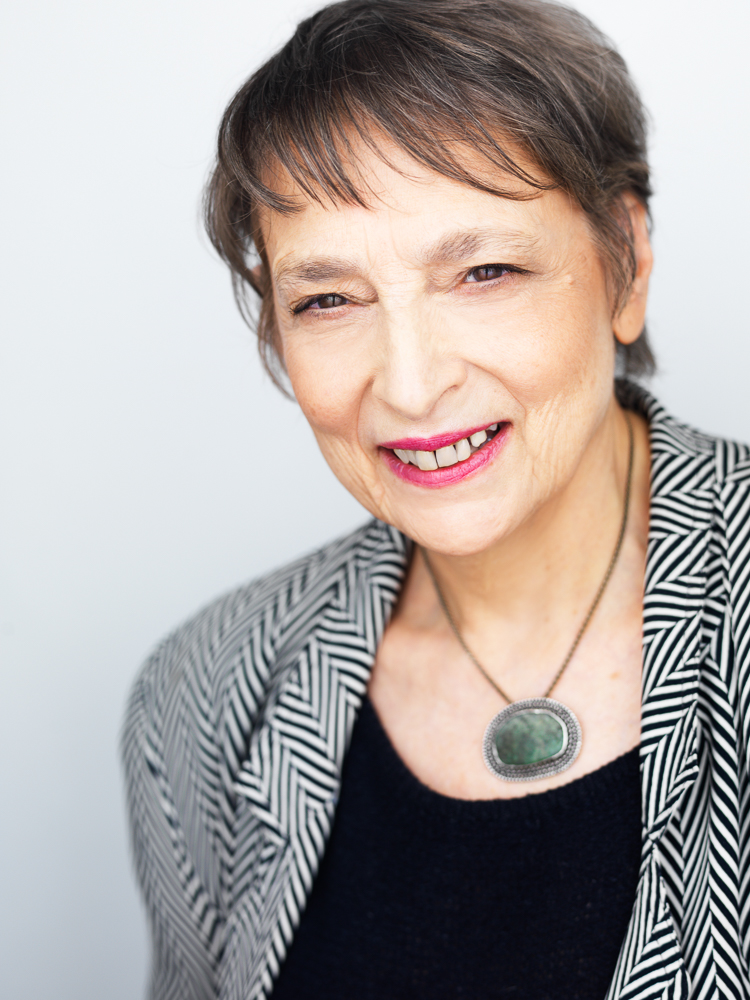This image of Sister Elizabeth Kenny, who developed a controversial treatment for polio, is from her service in World war I.
My novel opens with Dr. Jake Friedman’s dream, set in Australia’s state of Victoria. He’s the on-call doctor at a district hospital. He dreams that he and three nurses get an urgent care call on a Saturday night from a beach community 80 miles away over a mountain range. In Jake’s dream, they reah the emergency and rule out polio as the cause of the children’s symptoms. The dream has a happy ending.
When Jake wakes up, he grieves all over again. Because real life had no happy resolution. The car had crashed on the way and they’d never reached the patients’ house. And the children did have polio.
This car accident did, in fact, happen late 1940. The inspiration for Jake Friedman, my uncle, was driving and one nurse died. Shortly after, he volunteered for the Army and ws posted to Rabaul. The tragic incident was reported in local newspapers. But what the urgent care was has been lost to history.
I had to choose a medical problem. In discussing it with a retired nurse friend, Harriet Stein, she suggested polio; her brother had had polio in the USA at that time.
I read up on polio in Australia.
Revelations!
My protagonist graduated medical school the year of Australia’s worst polio epidemic. An Austrailan nurse, Elizabeth Kenny, had developed a protocol of hot compresses, massage and exercises that had won acceptance in some circles in Australia, Great Britain and the USA. Rosalind Russell played Elizabeth Kenny in a movie that is still available on DVD.

My protagonist (and my uncle) worked at hospitals where Kenny had clinics. And in Kenny’s book, published in 1941 when she was working in Minnesota (she met FDR), Kenny describes a boy from Rabaul with polio who had been sent to her state-subidizedo clinic in Queensland.

What my uncle thought of Kenny’s methods I have no idea; Jake is an advocate.

In Rabaul, he applies Kenny’s protocols when he treats a native girl stricken by polio as war looms, thus allowing Rabaul’s diverse communities to intermingle as the first Japanese bombs fall.
This last photograph is courtesy of Mary Adam, who visited Rabaul in 1977. The boys are standing on the wreck of a Japanese landing craft. World War II wreck dives are tourist attractions in rabaul today.
Click to BUY.
https://a.co/d/j7zzrjZ

